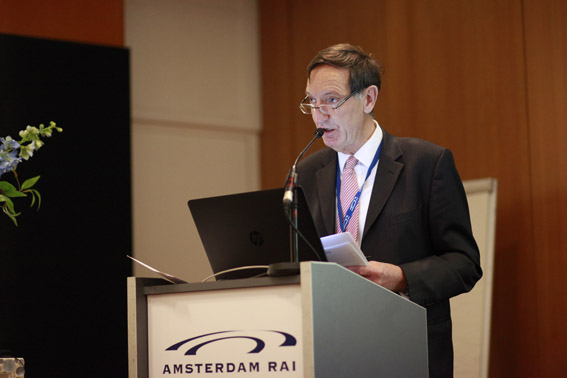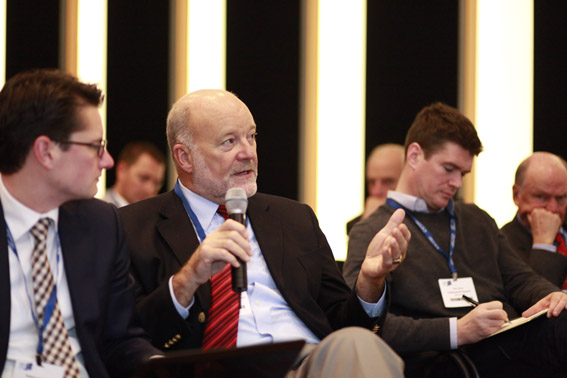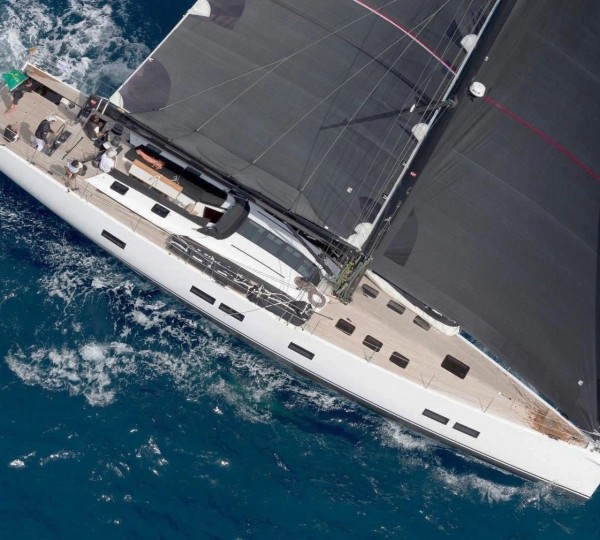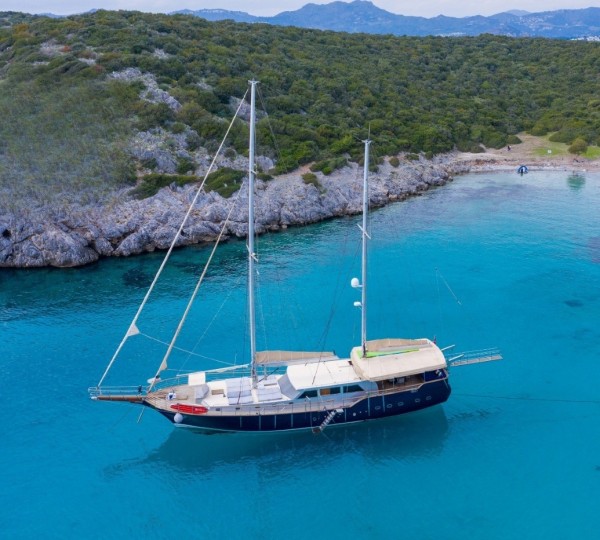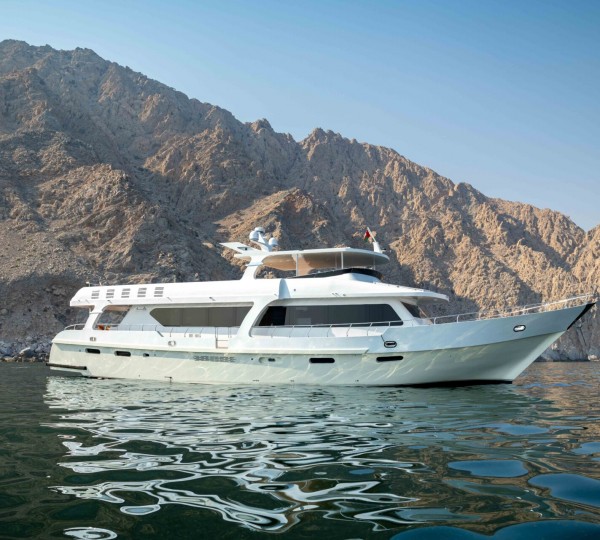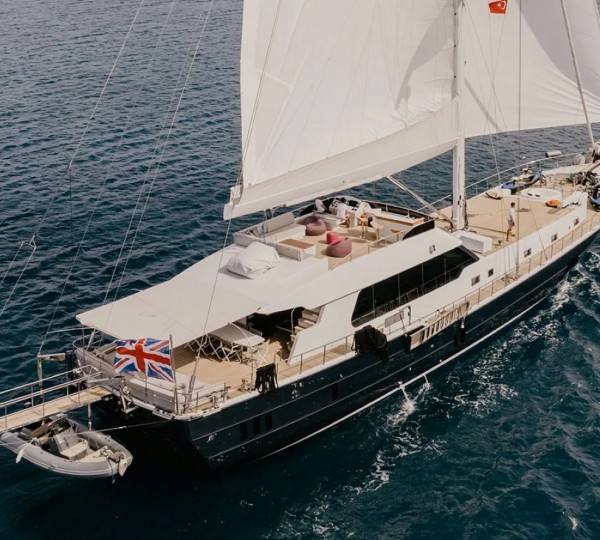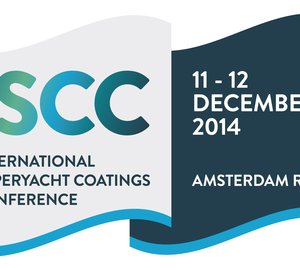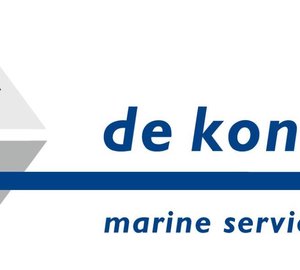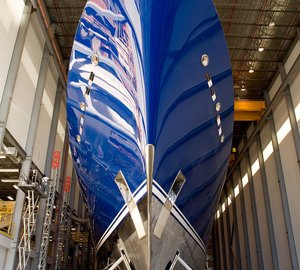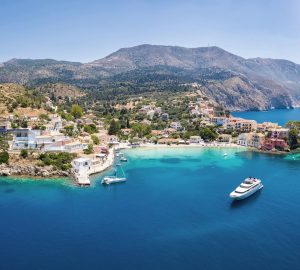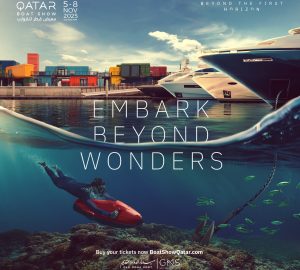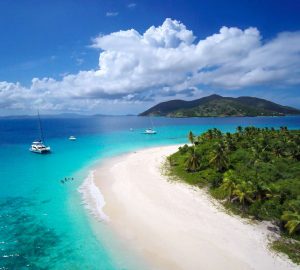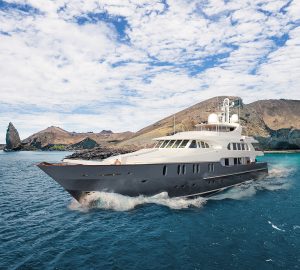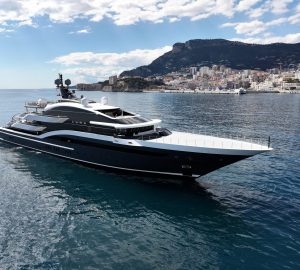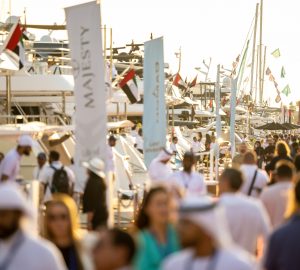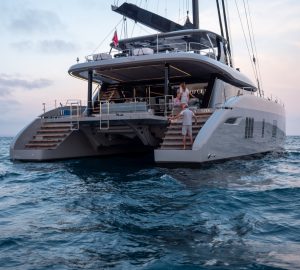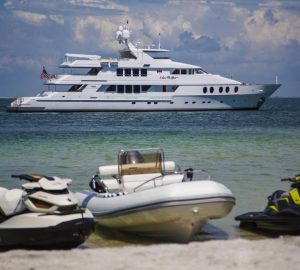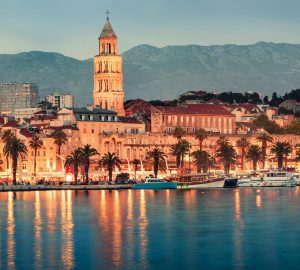The International Superyacht Coatings Conference (ISCC) came to an end on Friday 12 December, following two days of presentations as well as discussions on issues relevant to the industry in the Amsterdam RAI congress centre. Ninety-nine professionals from eleven countries around the world were present at the ISCC, underlining the commitment of professionals who realise the importance of regulations and consensus in this field. Experts representing all key roles involved in the coatings process of newly built and refitted yachts gathered to discuss hot topics, define standards and investigate relevant innovations. ISCC 2014 was made possible by the four key sponsors: Gold Sponsor Jotun, and silver sponsors CAP Industrial, Tribos Coatings and Tufcoat Ltd.
The conference began with a welcome by Peter Methven, OBE, president of ICOMIA, and an introduction by Tony Rice, conference chairman. “The ISCC has been prepared for the industry, by the industry, with valuable input from both ICOMIA committees and SYBAss,” Rice said. “The focus has been on feedback from delegates and maximum interaction with the audience around every topic.” He went on to emphasise that the conference slogan ‘Driving quality, ensuring success’ would be achieved by “capturing the main issues that need addressing: matters that can be solved and goals that can be achieved – not just vague statements, but genuine conference outcomes.”
Next up was the keynote speaker, Joop Ellenbroek, managing director at Ellenbroek Coating Solutions (ECS), who challenged the coating industry to develop and introduce new and more sustainable products and technologies which match the new EU rules and legislation. “It is mainly the shipyards that are left to follow up on these rules currently but they need support from the paint industry, “he explained. “Moreover, in order to work with more sustainable products and techniques, we may have to accept coatings which are not so glossy as in the past. This makes it vital that our industry innovates and looks for solutions, products and new technologies.”
Coatings: contracting and delivery
The remainder of the first day of the ISCC focused on coatings-related aspects of yacht management. This led to wide-ranging discussions, as representatives from key roles and company types involved in the industry expressed different, and sometimes conflicting, points of view. There were many strong opinions and interests – perhaps unsurprisingly so, given that a paint job is a crucial part of the appearance of a yacht, and therefore inextricably linked to the emotions it creates. Led by the ICOMIA environmental consultant Albert Willemsen, the contracting and delivery session ultimately improved the overall understanding of parties’ roles and responsibilities, including the need for risk assessment.
First Registered Marine Coatings Inspectors
The Thursday of the conference also saw homage paid to the sixteen professionals from the marine coating industry who participated in the first RMCI course in Amsterdam. Organised by the Marine Survey Academy (the training division of the International Institute of Marine Surveying), the course was an initiative by the leading players in the marine coatings and associated fields, namely ICOMIA, SYBAss and IIMS. Its aim is to respond to a global need for formal qualifications for marine surveyors in the field of superyacht coatings.
Rory Marshall, coatings inspector for twelve years and a fresh RMCI candidate, described the new RMCI course as “a long overdue certification for a specialist field within the painting and construction part of the yachting industry. The RMCI course certifies sufficient knowledge of superyachts and provides a good basis for inspectors, paint managers and technical advisors so that inspection and evaluation is carried out in a more standardised way.” Tony Rice agreed: “ICOMIA is very pleased with the positive attitude towards the RMCI course from the industry and would like to reach a broad consensus on a standardised report.”
Standards and guidelines
One of the most important roles of the ISCC was to inform the industry on relevant legislation and influence the latter through associations, communication and information. Associations were encouraged to keep members informed on emerging mitigation techniques.
The hot topic of the second day of the ISCC was international ISO standards. Activities focused on the need to keep ISO standards up to date through industry feedback, and on the importance for industry participation in the revision of ISO 11347. Other themes included updating ICOMIA guidelines starting January 2015, developing ICOMIA tolerance guidelines, encouraging yards to develop their own consistent finish standard.
Innovation
Having focused on traditional subjects, the final part of the ISCC examined new coating technologies and materials. There was a session on the future of superyacht coatings, which considered the suitability of a new antifouling foil as an alternative to traditional antifouling methods. The foil has been tested by MARIN and in various marine environments and was found to be more sustainable and require less maintenance and less fuel thanks to its positive effect on hydraulic dynamics (i.e. less drag). Other innovative techniques discussed were electrostatic spraying, minimisation of volatile organic compounds (VOCs), and ionisation methods.
Another session focussed on the maintenance of coating systems and measuring the quality of coatings. It described different techniques for the improved maintenance of coatings, underlined the importance of correct maintenance and of ensuring that measurement equipment is consistently well calibrated and certified, and focussed on the role of management companies in this context.
Outcomes & follow up
“The industry can be proud of its efforts to professionalise the coatings process over the years,” concludes Tony Rice. “Change is often perceived as risky and expensive, yet it ultimately reduces risk and ends up protecting both workers and the environment. It is important to continuously improve working conditions and environmental impact, and this requires investment. One of the ways of doing this is by means of new technologies such as ionisation in the workplace, which reduces VOCs and dust and meets government approval when implemented.”
In January, ICOMIA will update its Technical Guideline: Minimum Acceptable Finish and Appearance for Super Yacht Gloss Coatings in light of the outcomes of the conference and will start developing an ICOMIA tolerance guideline for acceptance of contract finish specifications.
“ISO standards also need to be kept up to date though industry feedback, which is why ICOMIA and SYBAss are requesting input from the industry,” adds Robert Van Tol. “SYBAss will further discuss all outcomes in the SYBAss Coatings Working group and plan actions on behalf of its members accordingly.”
To summarise, in Joop Ellenbroek’s words, “Due to the fast pace of change within the industry, the innovation and the obvious need for consultation, I believe that the ISCC should be held more frequently – I’d like to see the next ISCC in 2016.”

